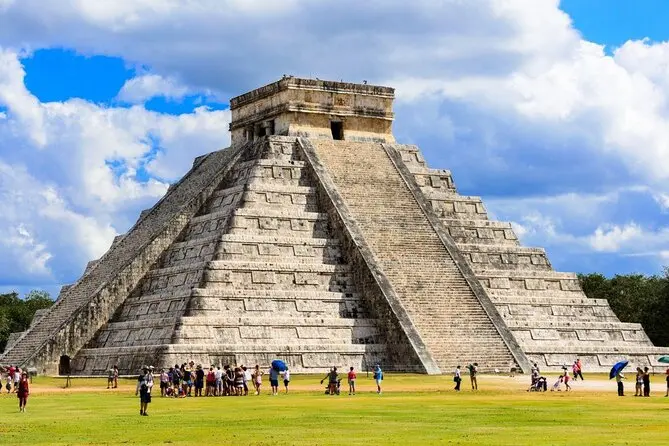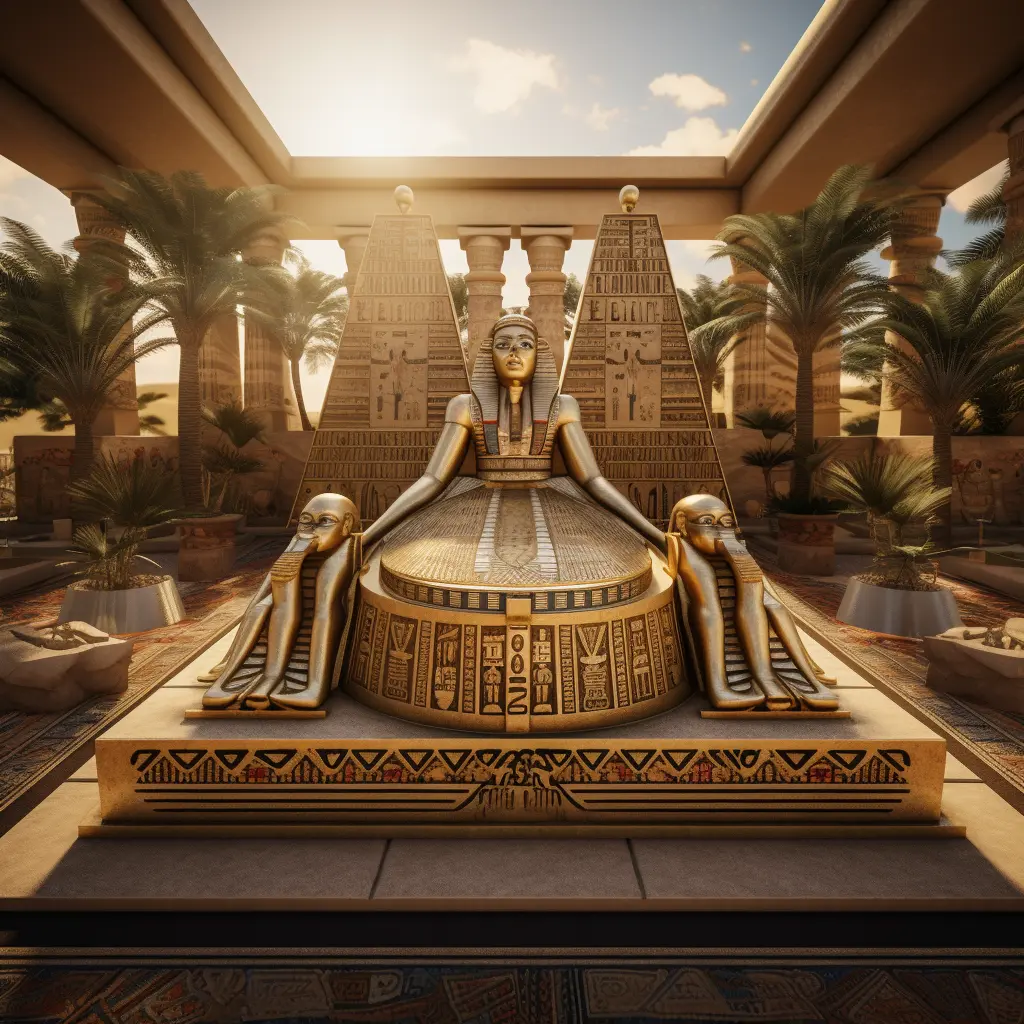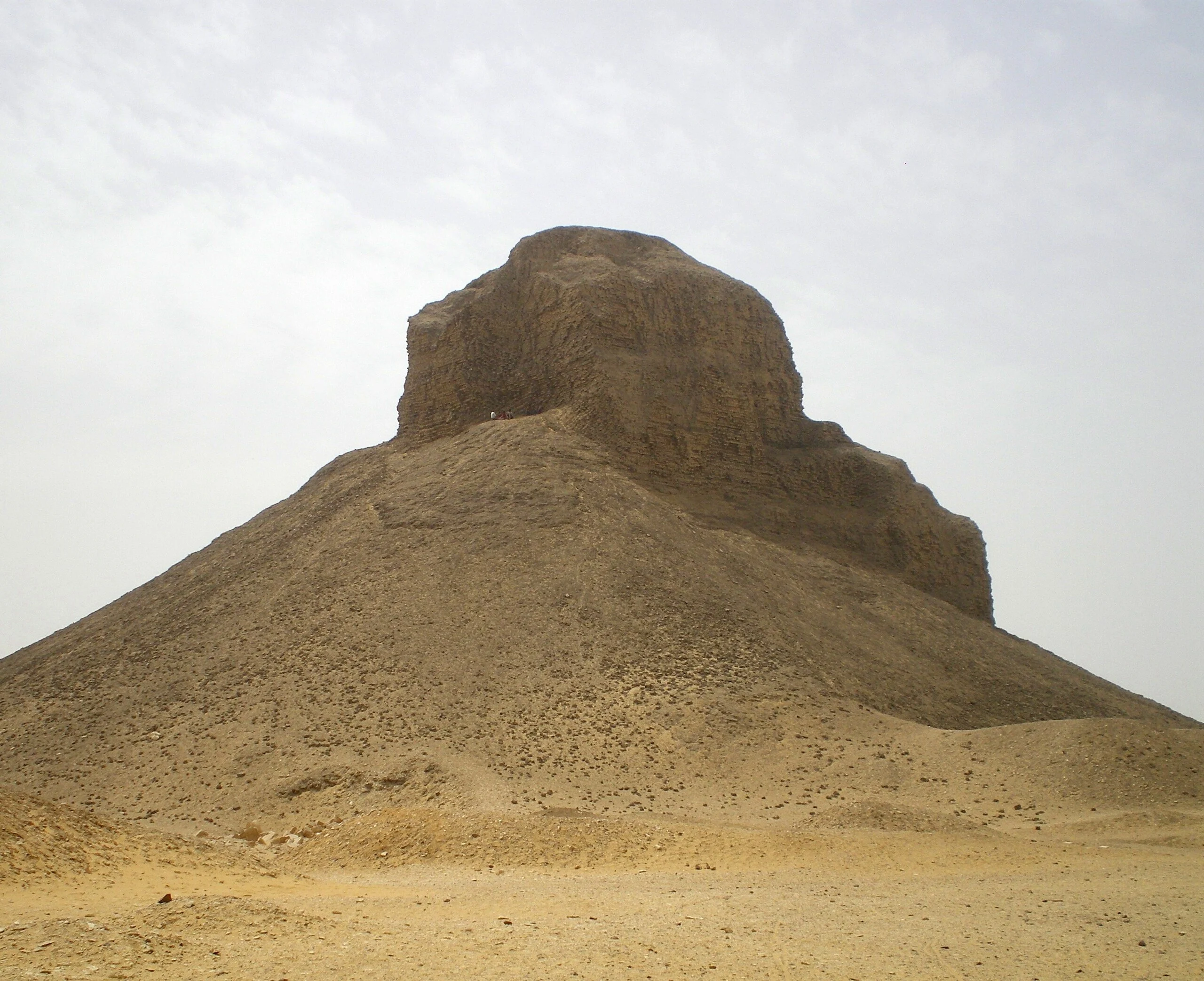
Introduction
Brief Overview of Chichen Itza
Located in the Yucatan Peninsula of Mexico, Chichen Itza is an ancient city, boasting grand Mayan ruins dating back to the 5th–13th centuries AD. Renowned as one of the New Seven Wonders of the World, it was an integral center of Mayan civilization and one of the largest cities of ancient times, displaying an array of architectural styles. The city’s structures, such as El Castillo (the Kukulkan Pyramid), the Great Ballcourt, and the Temple of the Warriors, depict tales of its vibrant past. Its remarkable astrological observations and precise calculations, even today, reflect the rich intellectual prowess of the Mayans.
The History of Chichen Itza
Ancient Beginnings
Believed to have been established around 600 AD during the Classic Period of the Mayan civilization, Chichen Itza was a flourishing metropolis of the Pre-Colombian era. Originally, it was founded by the Mayan tribes and later expanded its influence across the Yucatan region. Its early years were marked by intellectual and cultural advancements, with arenas for religious practices and scientific endeavors. The iconographic illustrations, grandiose architectural structures, and early Mayan hieroglyphics are testimonies of its innovative roots. These ancient establishments laid the foundation for what Chichen Itza would evolve into as it grew to become one of the greatest Mayan centers of the Yucatan Peninsula.
The Mayan Influence
Under the reign of the Mayan civilization spanning from 600-1200 AD, Chichen Itza blazed forth as a prominent city. The Maya pioneered advancements in arts, astronomy, architecture, and calendrical systems, clearly reflected in the city’s well-preserved structures. The Kukulkan Pyramid, a highlight of Chichen Itza, is a marvel of their architectural precision and astronomical knowledge. Additionally, the city’s stone carvings underscore the Maya’s keen interest in warfare and human sacrifice.
Chichen Itza Today
The present condition of this ancient Mayan city offers a profound window into the rich history and culture of the Mayans. This UNESCO World Heritage Site attracts millions of tourists annually, making it a popular destination in Mexico. From the imposing step pyramid, El Castillo, to the Great Ballcourt, visitors can appreciate the architectural prowess and astronomical knowledge of the Mayans. Although public access to the inner chambers is now restricted, the magnificence of Chichen Itza continues to dazzle visitors from around the world.
Related: What Is A Temple Rubbing?
The Architecture of Chichen Itza
El Castillo
El Castillo, famously referred to as the Kukulkan Pyramid, is the heart of Chichen Itza’s architectural splendor. This iconic pre-Columbian structure stands about 30 meters high from the ground to the top platform. It’s a testament to the astronomical and mathematical prowess of the Maya, every side having 91 steps that daringly ascend to a common platform, making a total of 365 steps, equivalent to a year’s days. Additionally, during the spring and autumn equinoxes, the setting sun casts a tantalizing shadow, creating a serpent-like illusion, symbolizing Kukulkan, the feathered serpent god. From its design to its symbolism, El Castillo exudes architectural grandeur.
The Great Ball Court
Incorporated within the grand architecture of this ancient city is its famed Great Ball Court. The most significant and well-preserved among several other ball courts, it spans an impressive 166 x 68 meters. Its unique design is complete with two high walls on either side, serving as boundaries. Vertical hoops adorn these walls whereas the northern and southern ends feature temples. The carvings on the lower walls illustrate the sacred game played here, offering an engaging peek into Mayan culture.
The Temple of the Warriors
One of the most prominent edifices at Chichen Itza is the Temple of the Warriors. This large structure showcases a broad, steep staircase leading to a vast platform flanked by columns carved to resemble warriors — hence the temple’s name. Each level is adorned with reliefs of ancient Mayan deities and mythical scenes. Its design, consisting of a combination of Toltec and Mayan architecture, reflects the cultural melding that occurred when the two civilizations mixed. The intricacies of this temple magnify the architectonics of this ancient city.
Significance of Chichen Itza in Mayan Culture
Astrological Importance
The ancient Mayans were advanced astronomers and the structures of Chichen Itza are testament to this. The most notable monument, El Castillo or the Temple of Kukulkan, is a marvel of astrological alignment. During the equinoxes, the shadow of the serpent deity Kukulkan appears to descend the pyramid’s steps, symbolizing the deity’s journey from the heavens. The El Caracol observatory aligns with Venus, a planet of great significance in Mayan mythology. Furthermore, the cenote sagrado was used for rituals relating to the Mayan rain god, and astronomers would study its reflections to predict rain patterns. This vividly demonstrates the profound astrological significance Chichen Itza held for the Mayans.
Spiritual and Religious Significance
The sacred city served as a crucial pilgrimage site for Mayans, reflecting its profound religious and spiritual relevance. It was considered the epicenter of worship and sacrifices to the gods, particularly Kukulcan, the feathered serpent god. It was believed that the grand pyramids and temples were conduits between the divine and earthly realms, reinforcing the city’s holy essence. The noteworthy “El Castillo” pyramid represented the Mayan calendar, linking time perception and celestial events to their spiritual beliefs. Thus, Chichen Itza held an irreplaceable place in embodying Mayan religious principles, rituals, and comprehensions of the universe.
Social and Political Role
In the era of Maya civilization, this iconic city was a pivotal hub for political and social events. It served as a significant trading center and a powerful political capital. Incorporating diverse cultural influences, Chichen Itza was a melting pot where civic decisions were made and societal norms were shaped.
Visiting Chichen Itza
Best Time to Visit
Ideally, visiting this world-famous archaeological site during the months of November through February can offer a more comfortable and pleasant experience. This period, considered the ‘dry season’, features cooler temperatures and less rain, enhancing your ability to explore extensively without weather-related hindrances. The site opens at 8 AM, and early arrival is recommended to avoid large tourist crowds and to leverage the relatively cooler morning hours. Additionally, planning a trip during the equinoxes – around March 21 and September 21 – provides an added spectacle, where the play of sunlight and shadow creates a unique display on the Kukulkan Pyramid.
What to Expect
Upon your arrival at this world-renowned archaeological site, be prepared to be captivated by the extraordinary grandeur of ancient Maya civilization. Awe-inspiring constructions such as El Castillo or the Temple of Kukulkan will transport you back in time, while the mysteries of The Great Ball Court add an enticing sense of intrigue. Be ready to navigate through crowds as this spot draws in a great number of visitors. Don’t forget to bring sunscreen, a hat, water and comfortable shoes for the journey. Lastly, expect an enriching experience filled with history, culture, and phenomenal architectural beauty.
Tips for Travelers
Venture early to beat crowds, as it gets quite busy by afternoon. Be sun-smart by wearing hats, sunblock, and carrying plenty of water. Tours provide historical insights, but self-guided walks are allowed if you prefer solitude. Consider a guidebook for detailed explanations. Lastly, respect the site’s significance, avoid touching the structures.
Protecting Chichen Itza
Preservation Efforts
Assuring the sustainable future of Chichen Itza remains a significant concern for both national and international bodies. UNESCO declared it a World Heritage Site in 1988, providing a framework for its conservation. Physical barriers and regulated tourist access aim to minimize wear and tear on the edifices. Regular maintenance and restoration works are carried out to mitigate weather-induced damage. Further, Mexico’s National Institute of Anthropology and History, in collaboration with global partners, carries out extensive research to understand the site’s historical environment and use innovative preservation techniques. Ultimately, the goal is to balance public accessibility and preservation of this ancient architectural marvel.
Impact of Tourism
Visited by over 2.6 million tourists each year, the ancient Mayan city has seen both positive and negative effects from this influx. On one hand, it has led to improved local economies due to the tourism industry’s growth. On the other hand, the large footfall has imposed threats to the site’s preservation. High contact levels can potentially cause erosion and physical damage to the structures. Thankfully, in 2006 new policies were implemented limiting visitor’s access to certain areas to ensure the landmark’s longevity. Hence, balance between accessibility and preservation is of utmost importance.
Conclusion
The Lasting Legacy of Chichen Itza
In examining the enduring significance of this monumental site, it’s clear that the influence of the ancient Mayans transcends centuries. Their architectural, astronomical, and cultural marvels remain vital sources of knowledge and awe. They built structures with precise calculations that still astound modern experts. Their societal understanding is reflected through ceremonies still practiced today. Chichen Itza is a testament to their genius and serves as a reminder of a vibrant civilization that once thrived. To this day, it draws in scores of tourists and researchers, engaging and educating them about the highly sophisticated Mayan civilization.
Chichen Itza in Modern Culture
In conclusion, the influence of Chichen Itza extends beyond historical reverence; it cascades into today’s society, permeating modern culture in various ways. The imposing relic serves as a source of inspiration for a number of literary works, films, and art installations worldwide. It regularly garners the spotlight on various media platforms during special astronomical occurrences such as the spring equinox, reinforcing its link to Mayan astrological brilliance. Major tourism campaigns often feature this iconic structure, enhancing global recognition and curiosity about the Mayan cultural legacy. In every way, the imprint of Chichen Itza is felt, building bridges between the ancient world and our current society.
FAQ:
Is Chichen Itza safe?
Chichén Itzá is generally considered safe for tourists, but as with any popular tourist destination, it’s important to take standard safety precautions. The site itself is a well-maintained and regulated archaeological park, attracting large numbers of visitors from around the world. Here are some safety tips for visiting Chichén Itzá:
- Stay in Designated Areas: Follow the designated paths and areas for tourists. Venturing into restricted areas can be dangerous and is often prohibited.
- Protect against the Sun and Heat: The Yucatán Peninsula can be extremely hot and sunny. Use sunscreen, wear hats, and stay hydrated to avoid heat exhaustion.
- Beware of Vendors: While most vendors are legitimate, be cautious of overly aggressive sales tactics or scams.
- Keep valuables secure. As with any tourist location, there’s a risk of pickpocketing. Keep your valuables secure and be mindful of your belongings.
- Travel in Groups: When possible, travel with a group, especially if exploring areas outside the main site.
- Respect Local Guidelines: Follow any rules and guidelines set by the site management, including those related to climbing on structures or accessing certain areas.
- Stay Informed about Local Conditions: Keep informed about the local situation, including any travel advisories from your home country.
- Health Precautions: Use insect repellent to protect against mosquito-borne illnesses and ensure you have any necessary vaccinations.
- Emergency Services: Know how to contact emergency services in Mexico in case of an emergency.
Remember, most visits to Chichén Itzá are trouble-free, and it’s a site of great historical and cultural significance, well worth the visit with the right preparations.
Is it safe to drive from Cancun to Chichen Itza?
Driving from Cancún to Chichén Itzá is generally considered safe, but it’s important to take precautions. The journey, approximately 200 kilometers, takes around 2.5 hours via the toll road (cuota) or 3 hours on the free road (libre). The toll road is in better condition and more direct, making it the recommended route. While the area is generally secure, travelers should drive during daylight hours to avoid potential hazards like unlit roads or animals crossing. Always adhere to speed limits and local traffic laws. Tourists should be cautious, stay informed about local conditions, and consider updated travel advisories before embarking on the trip. Additionally, it’s wise to ensure your vehicle is in good condition and keep an emergency kit on hand.
What should I wear to ChItzan Itza?
When visiting Chichén Itzá, comfortable and practical clothing is key due to the hot and humid climate. Opt for lightweight, breathable fabrics like cotton or linen. Loose-fitting clothing is advisable to keep cool and allow for ease of movement while exploring. A wide-brimmed hat and sunglasses are essential to protect against the strong sun, and high-SPF sunscreen should be applied and reapplied throughout the day. Comfortable walking shoes are a must, as there is a lot of ground to cover on uneven surfaces. Consider carrying a light rain jacket or poncho, as sudden showers are common. Stay hydrated by carrying water, and a small backpack can be handy for essentials. Modest attire is respectful at this historic site, and insect repellent is recommended to ward off mosquitoes.
Is visiting Chichen Itza worth it?
Visiting Chichén Itzá is widely considered worth it, especially for those interested in history, archaeology, and culture. This ancient Mayan city in Mexico’s Yucatán Peninsula is a UNESCO World Heritage Site and one of the New Seven Wonders of the World. Its iconic pyramid, El Castillo, showcases the Mayans’ astronomical and architectural genius. The site’s grandeur and mystique are palpable, offering a direct link to the ancient world.
The site is more than just El Castillo; it includes other impressive structures like the Great Ball Court, Temple of the Warriors, and the Observatory, each with its own historical significance. Visiting Chichén Itzá also provides a deeper understanding of Mayan civilization and its contributions to science, art, and philosophy.
However, it’s important to prepare for the heat, crowds, and commercialization around the site. Early morning visits help avoid the peak tourist influx. While it can be busy and hot, the experience of witnessing this ancient marvel firsthand is unparalleled, making it a worthwhile trip for many.
How to get to chichen itza?
Getting to Chichén Itzá, located in Mexico’s Yucatán Peninsula, can be done in several ways, depending on your starting point and preferences:
- From Cancún:
- By Car: Renting a car is a convenient option. The drive takes about 2 to 2.5 hours via the toll road (Cuota) 180D. The roads are well-maintained and the route is straightforward.
- By Bus: ADO buses offer regular services from Cancún to Chichén Itzá. The journey takes about 3 hours. It’s an affordable and comfortable option.
- Guided Tours: Numerous tour operators in Cancún offer day trips to Chichén Itzá, often including transportation, a guide, and sometimes meals or additional stops like cenotes.
- From Mérida:
- By Car: The drive from Mérida takes about 1.5 hours on Highway 180.
- By Bus: ADO and other bus services also operate between Mérida and Chichén Itzá. The trip is about 2 hours.
- Guided Tours: Similar to Cancún, many tour operators in Mérida offer day trips.
- From Playa del Carmen or Tulum:
- Both locations also have car rental options and bus services (like ADO) to Chichén Itzá. The journey from Playa del Carmen takes about 2.5 hours by car and slightly longer by bus. From Tulum, it takes about 2 hours by car.
- Local Transportation:
- Once at Chichén Itzá, parking is available if you’re driving. For those taking a bus, the entrance to the ruins is a short walk from the bus drop-off point.
Remember to check the current operating hours of Chichén Itzá and any travel advisories. Also, consider arriving early to avoid crowds and the midday heat.



